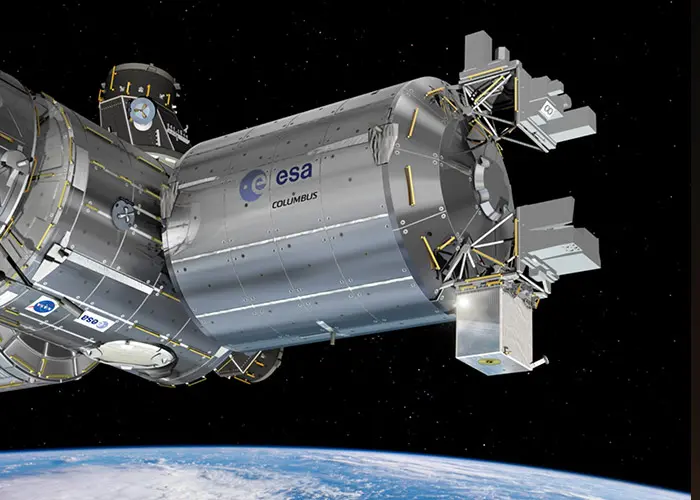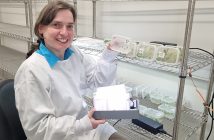
ESA’s Atomic Clock Ensemble in Space (ACES) is on its way to the International Space Station to redefine how time is measured from space. Using its two cutting-edge clocks and an advanced time transfer system, ACES will deliver the most accurate time signal ever transmitted from space and connect the world’s best clocks to test fundamental physics from orbit, including Einstein’s theory of general relativity.
ACES lifted off on a SpaceX Falcon 9 from Kennedy Space Center over the Easter weekend as part of the 32nd SpaceX commercial resupply services mission to the International Space Station.
“The launch of ACES marks a major milestone for European science and international cooperation in space,” said ESA’s Daniel Neuenschwander. “With this mission, we are placing the most precise timepiece ever sent to orbit aboard the International Space Station, opening new frontiers in fundamental physics, time transfer, and global synchronisation.”
“ACES is a shining example of what Europe can achieve when we unite cutting-edge technology, scientific ambition, and strong partnerships,” he adds.
ACES is a fully European mission led by ESA, with Airbus as a prime contractor. Its two clocks, PHARAO and the Space Hydrogen Maser, were built by the French space agency CNES and Safran Timing Technologies in Switzerland.
Together, these ultra-precise clocks will generate a time signal so precise that ACES would lose just one second in 300 million years. Germany’s TimeTech builds the time transfer system. It will use microwave and laser links to synchronise time between space and Earth with an accuracy far beyond today’s systems. The mission will be operated from CADMOS (France) and the Columbus Control Centre (Germany).
Later this week, currently scheduled for April 25, the Station’s robotic arm will install ACES on the external payload facility of ESA’s Columbus module, in the nadir (Earth-facing) position.
Over its 30-month mission, ACES aims to conduct at least ten extended measurement sessions, each lasting 25 days, as it orbits Earth 16 times daily.





